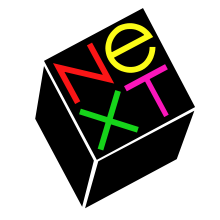
I am a bit late to the ChatGPT bandwagon — people all over the internet are pointing out badly written prose. But I did want to give it a try. I have hundreds of story ideas that I have jotted down over the years. Most won’t ever be written into an actual story. So it seemed like a fun exercise to give ChatGPT an assignment of writing a short story using some of my notes as prompts. I tried three, iterating on one of those multiple times to see what differences my suggested changes made to the AI-generated story. The results are at the end of this post. The first thing I noticed is that all of the ChatGPT stories were flat — there were no unexpected twists or turns; and the endings sounded the same, each with a strange bit of morality embedded for good measure. The AI had a bit of literary echolalia — some phrases were repeated over and over again. It’s like it liked saying “like” as a verbal tic. I didn’t expect that. Stories tended to start with “In the world…” and conclusions began “In the end…”. The strangest response I got out of ChatGPT…






